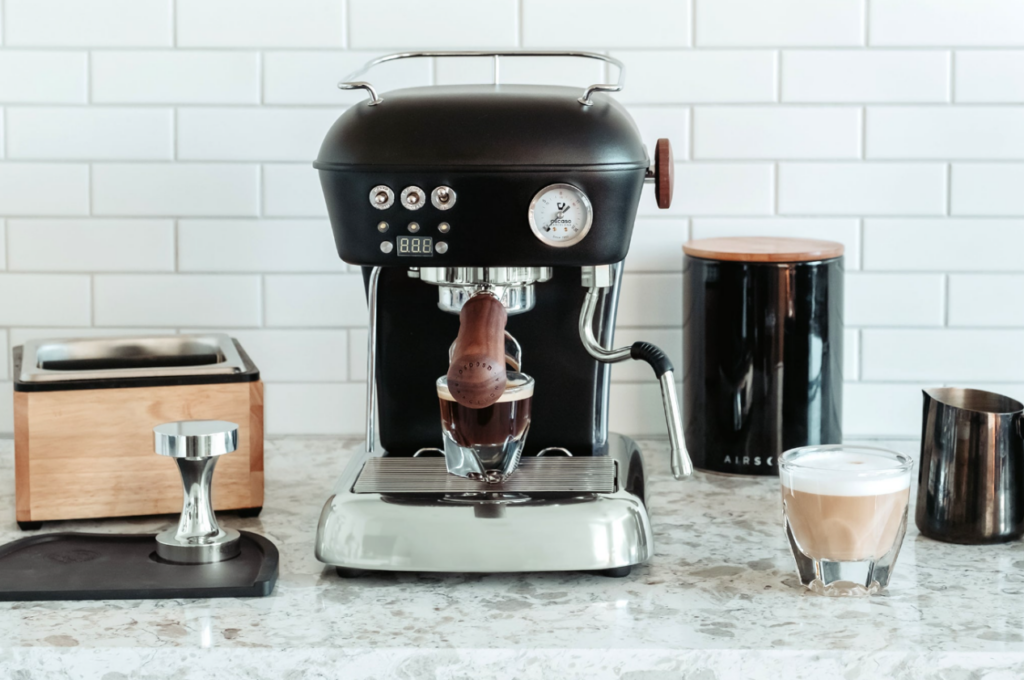
As humans started cooking, they made tools to help. They began with basic things like stones for grinding and cutting. These tools changed a lot over time. Today, we have fancy gadgets for cooking. They make cooking easier and more fun.
Looking back from ancient times to now, the story of kitchen tools shows how creative and adaptable humans can be. Even as technology grows and cooking styles shift, these tools stay important. They help us make tasty food and bring families together to enjoy meals. Let’s explore how kitchen tools have changed over the years.
Early Beginnings

In olden times, people used basic stuff like stones to grind grains and sticks to stir food in pots. They learned to cook with fire, starting with open flames and later making clay ovens for better control over the heat.
Ancient Innovations

Long ago, Egyptians, Greeks, and Romans made kitchen tools better. Egyptians used tools like mortars and pestles to grind spices. Greeks and Romans crafted knives and spoons from bronze or iron.
Middle Ages to Renaissance

In the Middle Ages, kitchens got more organized, and tools like cauldrons, pots, and ladles became common. Then, in the Renaissance, people improved how they made metal. This led to fancier cooking stuff like copper pots and brass skillets.
Industrial Revolution

During the Industrial Revolution, kitchen tools changed a lot because of mass production. In the 1800s, things like can openers, rolling pins, and egg beaters became cheaper and easier to get. These inventions made cooking simpler for many families.
Modern Times

In the 1900s, more exciting things happened in kitchens. We got electrical appliances like fridges, stoves, and mixers. Non-stick cookware made cooking even easier. Then, microwave ovens appeared, making cooking faster and simpler.
Today’s Trends

Now, in the 2000s, technology keeps changing kitchen tools. Smart gadgets, such as slow cookers you can program and espresso machines, are getting more popular. People also care more about the planet, so kitchen tools are made with eco-friendly materials and designed to be comfy to use.
